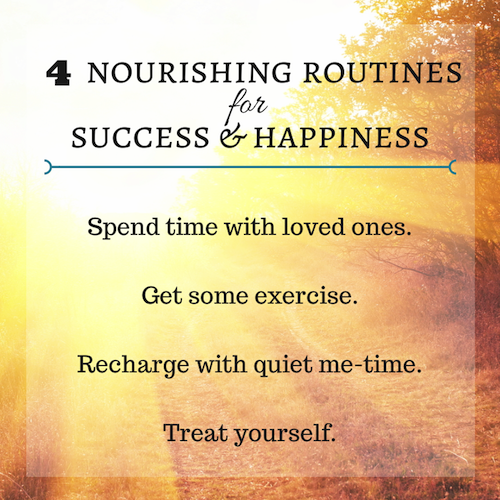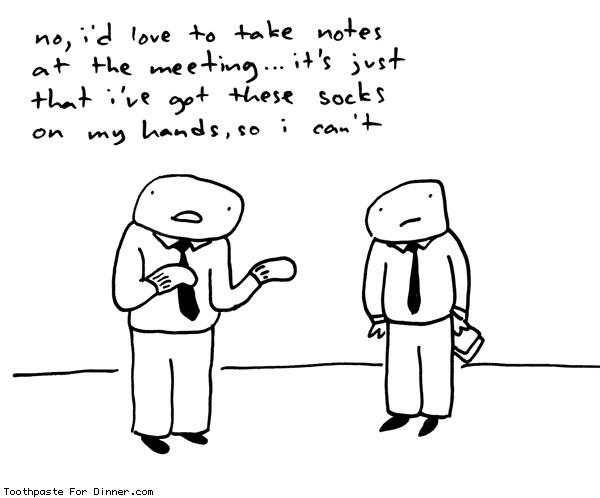
Before I became an entrepreneur, I went to business school. While studying for my MBA, there was one lesson I learned which has proved to be useful over and over again in my life.
I was sitting in a marketing class, and we were discussing ways to design a wonderful customer experience. The goal is not merely to provide decent service but to delight the customer. Behavioral scientists have discovered that one of the most effective ways to create a delightful experience is to stack the painful parts of the experience early in the process.
Psychologically, we prefer experiences that improve over time. That means it’s better for the annoying parts of a purchase to happen early in the experience. Furthermore, we don’t enjoy it when painful experiences are drawn out or repeated.
Here are some examples:
- If you’re at the doctor’s office, it’s better to combine the pain of waiting into one segment. The wait will feel shorter to your brain if you spend 20 minutes in the waiting room rather than 10 minutes in the waiting room and 10 minutes in the exam room.
- People enjoy all-inclusive vacations because they pay one lump sum at the beginning (the pain), and the rest of the trip is divided into positive experiences, excursions, and parties. In the words of my professor, all-inclusive vacations “segment the pleasure and combine the pain.”
- If you’re a professional service provider (lawyer, insurance agent, freelancer, etc.), it’s better to give the bad news to your clients first and finish with the good news. Clients will remember an experience more favorably if you start weak but finish on a high note, rather than starting strong and ending poorly.
These examples got me thinking. If you can make a customer experience more delightful, why not make your life experiences more delightful?
Here are some ideas for how to take advantage of the way your brain processes painful and annoying experiences and use that knowledge to live a better life.




 Happy Friday! Catch up with the best of what we’ve shared on the interwebs this week!
Happy Friday! Catch up with the best of what we’ve shared on the interwebs this week!  Dundee’s Tip of the Week: Display a list of entries over a span of time by clicking and dragging over the days you want to show on your
Dundee’s Tip of the Week: Display a list of entries over a span of time by clicking and dragging over the days you want to show on your  Happy Friday! Catch up with the best of what we’ve shared on the interwebs this week!
Happy Friday! Catch up with the best of what we’ve shared on the interwebs this week!  Happy Friday! Catch up with the best of what we’ve shared on the interwebs this week!
Happy Friday! Catch up with the best of what we’ve shared on the interwebs this week! 